- Joined
- 21 January 2015
- Messages
- 12,150
- Reaction score
- 16,351
Last edited:

 arstechnica.com
arstechnica.com

 spacenews.com
spacenews.com

 arstechnica.com
arstechnica.com
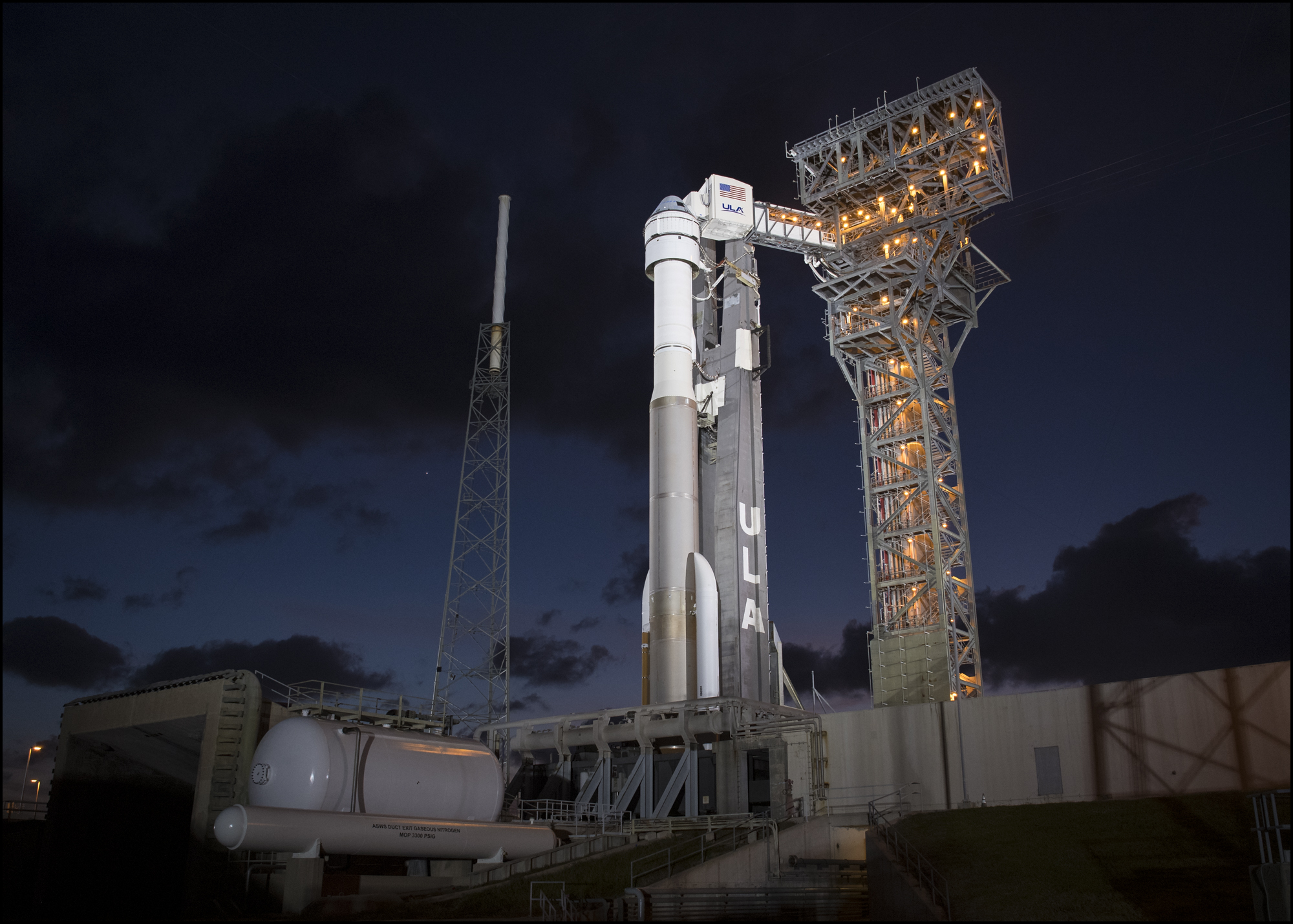

 arstechnica.com
arstechnica.com


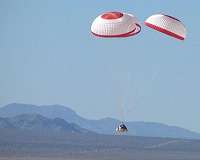
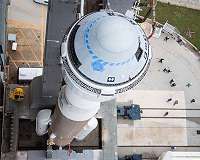
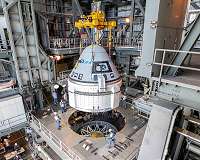
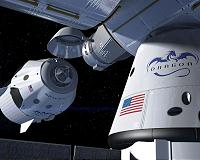
SpaceX 'gunning' for May launch of astronauts from Florida
Washington DC (UPI) Mar 10, 2020 - SpaceX president Gwynne Shotwell said Tuesday the company is gunning for a May launch of astronauts from Florida, while NASA said only that it hopes for a launch sometime in the second quarter.www.spacedaily.com
Boeing officials said Monday the company’s Starliner crew capsule will fly a second time without astronauts after software problems and other issues plagued a first test flight in December, preventing the ship from reaching the International Space Station.
Boeing Starliner must make 2nd uncrewed demo.
Boeing officials said Monday the company’s Starliner crew capsule will fly a second time without astronauts after software problems and other issues plagued a first test flight in December, preventing the ship from reaching the International Space Station.
https://spaceflightnow.com/2020/04/...g-will-refly-crew-capsule-without-astronauts/

The Washington Post reported Tuesday that Loverro said in an interview his resignation had “nothing to do” with the Crew Dragon flight scheduled for next week.
“It had to do with moving fast on Artemis, and I don’t want to characterize it in any more detail than that,” Loverro told the Washington Post.........
.......
“The risks we take, whether technical, political, or personal, all have potential consequences if we judge them incorrectly,” he wrote. “I took such a risk earlier in the year because I judged it necessary to fulfill our mission.
“Now, over the balance of time, it is clear that I made a mistake in that choice for which I alone must bear the consequences,” Loverro wrote. “And therefore, it is with a very, very heavy heart that I write to you today to let you know that I have resigned from NASA effective May 18th, 2020.”...........
.......
Soure said that the second flight of Starliner without a crew to the ISS is expected in mid-November 2020, and the first flight with a crew - in April 2021
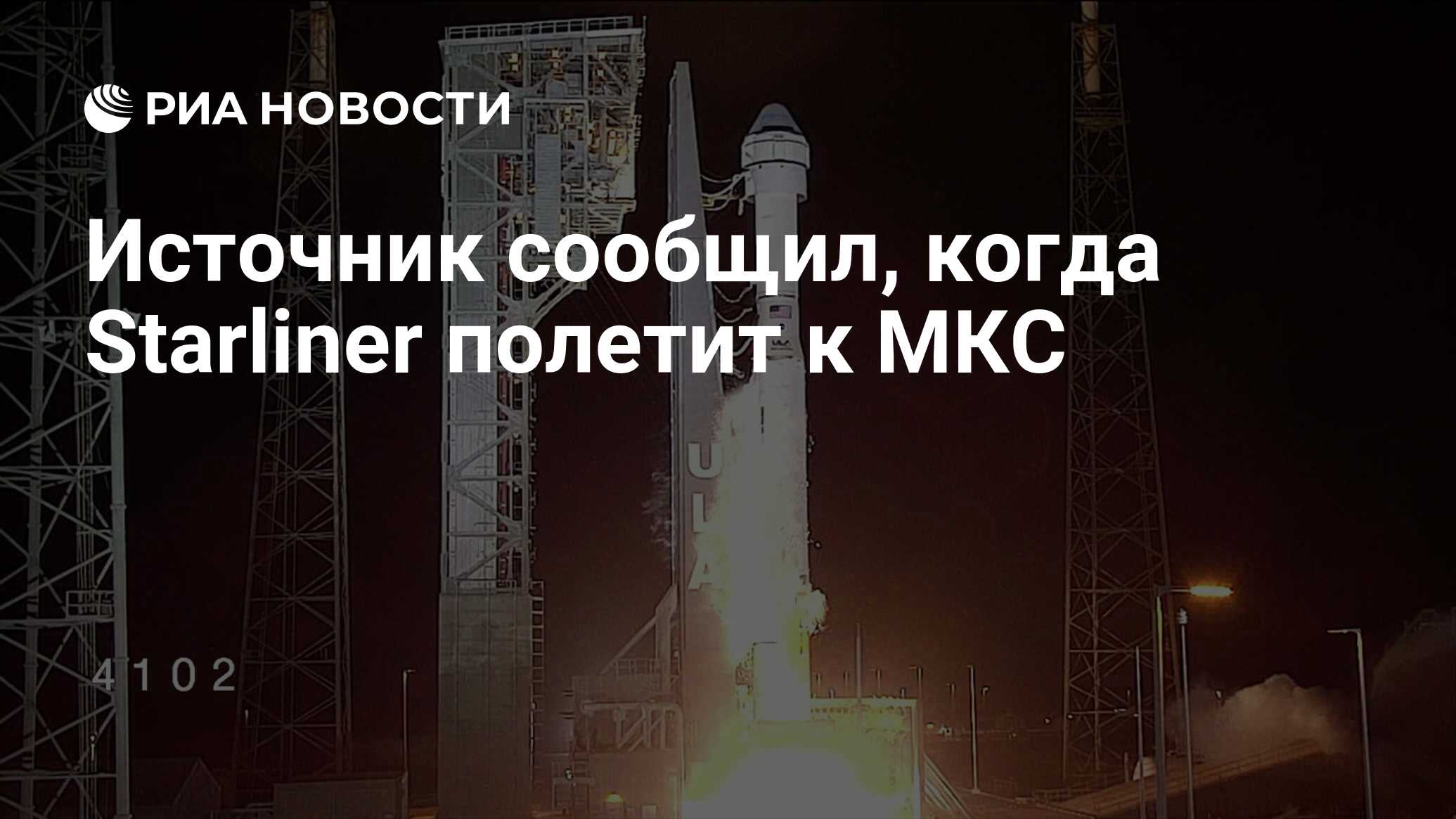
Our #Starliner parachutes and team performed with flying colors during a recent test. They showed that even under dynamic abort conditions and a simulated failure - astronauts would be safe.
More: http://www.boeing.com/features/2020/06/starliner-parachutes-perform-under-pressure.page
Starliner Parachutes Perform Under Pressure
Boeing’s spacecraft completes another reliability test; shares data
June 29, 2020 in Space
Boeing put Starliner’s parachutes to the test again on June 21 as part of a supplemental reliability campaign designed to further validate the system’s capabilities under an adverse set of environmental factors.
Boeing is developing the Starliner spacecraft to take astronauts to and from the International Space Station in partnership with NASA’s Commercial Crew Program.
This latest balloon drop, conducted high above White Sands Space Harbor in New Mexico, demonstrates Starliner’s parachutes continue to perform well even under dynamic abort conditions and a simulated failure. Boeing and NASA jointly developed the conditions for this test as part of a comprehensive test campaign to demonstrate Starliner parachute performance across the range of deployment conditions.
Teams wanted to be sure that if an abort were to occur early into launch, certain parachutes in Starliner’s landing sequence would inflate correctly despite needing to deploy in significantly different flight conditions than those seen with normal landings.
“Parachutes like clean air flow,” said Jim Harder, Boeing’s flight conductor. “They inflate predictably under a wide range of conditions, but in certain ascent aborts, you are deploying these parachutes into more unsteady air where proper inflation becomes less predictable. We wanted to test the inflation characteristics at low dynamic pressure so we can be completely confident in the system we developed.”
This critical test phase began six seconds into the drop when small parachutes designed to lift away Starliner’s Forward Heat Shield deployed successfully. Ten seconds later, the vehicle’s two drogue parachutes followed suit, inflating perfectly despite the low dynamic pressure. But the Starliner boilerplate wasn’t out of the woods yet.
Test teams added a fault scenario to the test objectives by preventing one of Starliner’s three main parachutes from deploying altogether. At 98 seconds into flight, just two pilot chutes were fired resulting in only two of the three main parachutes deploying. Despite the higher loading, Starliner’s parachutes performed effectively, bringing the test article down to Earth safely and slowly about two-and-a-half minutes later.
The data extracted from this test will be utilized to improve the reliability of the Starliner parachute system ahead of crewed flights and be shared with NASA for their own vehicle use.
“Our parachute system is very similar to the design NASA uses to bring humans safely back from the Moon. Turns out, we can use some of their test data to model our mission scenarios, and they can use a lot of our data to model theirs,” said Starliner test manager Dan Niedermaier. “It really is all about the data. The more you have, the more accurate your models will be. This shared approach helps to keep both systems incredibly safe.”
During the summer, Boeing and NASA will continue to test Starliner’s parachute strength, building out even more reliability on a system that’s already shown to be consistently robust.
“Our parachutes have passed every test.” Niedermaier said. “We continue to push our system because we know what’s at stake. This demanding test program ensures Starliner can bring our astronauts home safe.”
NASA’s Commercial Crew Program is a public-private partnership combining NASA’s experience with new technology and designs pioneered by private industry to make space travel safer and available for all. This test is one of many steps that advances NASA’s goals of returning human spaceflight launches to U.S. soil on commercially-built and operated American rockets and spacecraft, preparing for a human presence on the Moon, and ultimately sending astronauts to Mars.

NEWS: We're targeting an Aug. 1 departure of @SpaceX's Dragon Endeavour spacecraft from the @Space_Station to bring @AstroBehnken and @Astro_Doug home after their historic #LaunchAmerica mission. Splashdown is targeted for Aug. 2. Weather will drive the actual date. Stay tuned.
The good news is that it was systemic... And the system has changed (new management).
McErlean: panel continues to be concerned about quality control problems that have seemingly plagued the Boeing commercial crew program.
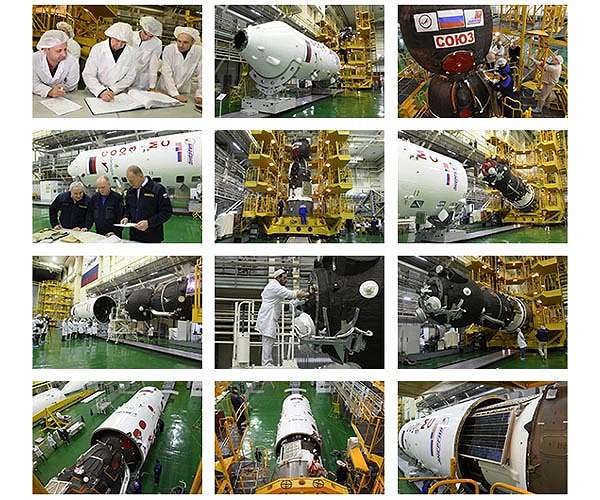
 starlinerupdates.com
starlinerupdates.com
Hearing there will be a delay in Starliner's upcoming OFT-2 launch date announced fairly soon, maybe later today. The current public date is March 25.
Significant delay or fairly minor?
I've heard both. I expect the initial delay, at least, to be short. Trying to get more details.
